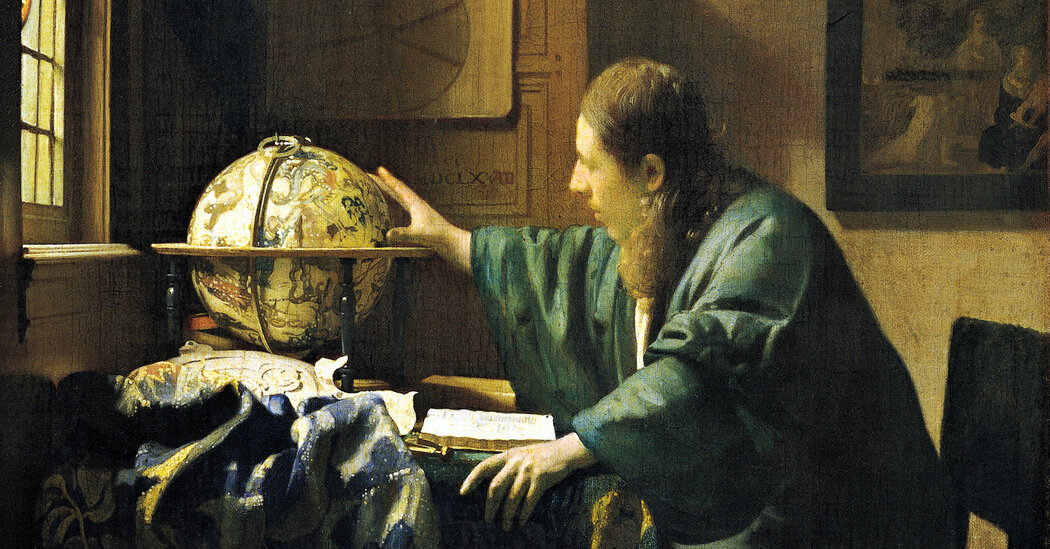The fate of the leap second is more than just the fate of the leap second. At stake is Coordinated Universal Time, the international standard for timekeeping, which is slowly undermining the survival of the leap second.
Coordinated Universal Time, or UTC, is tenderly constructed from measurements made by atomic clocks kept in national labs around the world. These clocks tick off their best seconds, or ‘realize’, and send the measurements to the BIPM. There, timekeepers painstakingly collect the readings – averaging, weighting, correction for deviations – down to an ideal second for everyone everywhere to agree on and occasionally add leap seconds if necessary. This assembly process takes time. And so, once a month, the Bureau publishes the perfect time in the form of a newsletter called Circular T, which tells every national clock how much it deviates from the international standard, to help it improve on its goal the following month.
Coordinated Universal Time is and will remain the world’s official time scale, whether or not it contains leap seconds. Global time zones are described in reference to them. (New York time is currently UTC minus five hours.) And the beating heart, the second, is the most important in the constellation of standard measurements supervised by the BIPM, in addition to the meter (length), kilogram (weight), kelvin ( temperature), candela (intensity of light), ampere (electric current), and mole (amount of substance).
The idea, formalized a century and a half ago by national signatories to an international treaty called the Meter Convention, is that every unit of measurement should be identical everywhere in the world; one meter in Spain is exactly one meter in Singapore. The seven standard units are an integral part of fair trade, reproducible science and reliable technology. The second is extra special because it supports all other units except the mole. For example, the meter is defined as the distance light travels in a vacuum during one-299,792,458th of a second, and the kilogram has recently been redefined in terms of the second.
In addition, the second is linked to a time scale, or stream of seconds. A key principle of modern life is that not only must the unit of time be identical no matter where it is measured, but also the flow of seconds that one is a part of.
But the leap second jeopardizes that principle. The kludge is technically so difficult for digital technology to absorb that other, ersatz timekeeping methods — unofficial, but without leap seconds and easier to implement — have begun to supplant UTC, according to a recent article in the journal Metrologia. For supporters of Resolution D, removing the leap second from UTC would make the standard timescale more friendly to modern digital technology, at least in the century after 2035. Coordinated universal time would still be universal, just not coordinated with Earth time.

